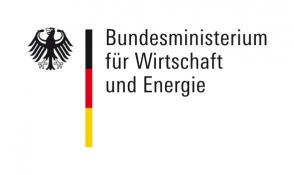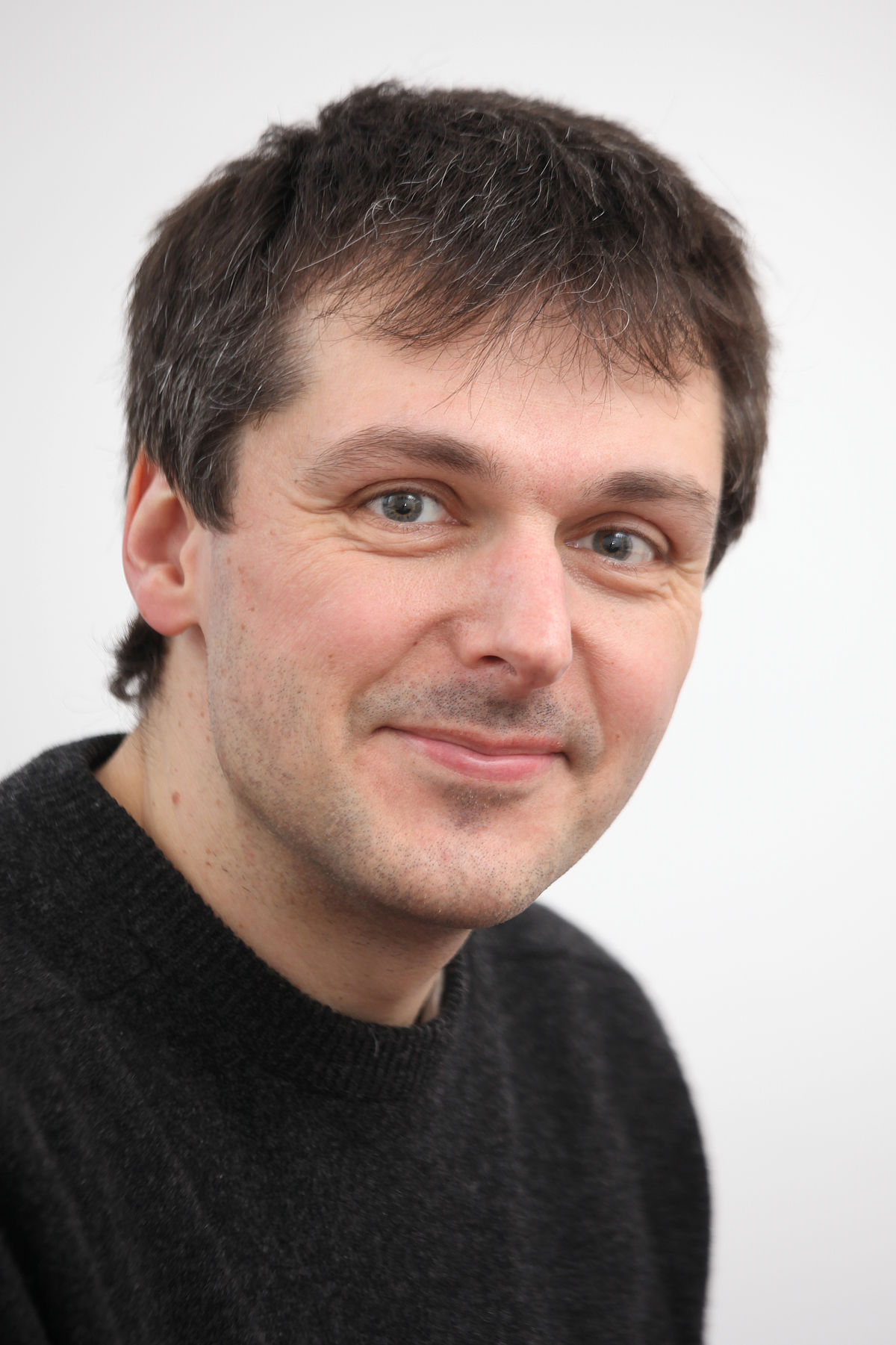SAARUS - Optimization of Scrubber-Exhaust Gas Cleaning Technology for the reduction of polluting ship emissions
Motivation
Pollutants emitted by ocean-going ships are a considerable problem with respect to climate, environment, and human health. Most of the regulations implemented by the International Maritime Organization (IMO) only concern the sulfur content of the fuels. Since January 2020, ships are only allowed to burn fuels with a maximum sulfur content of 0.5 %. In special designated areas called Sulfur Emission Control Areas (SECA), fuel sulfur content is even limited to 0.1 %. The regulations offer an additional choice, i.e. to still use fuel with a higher sulfur content than 0.5 % with the installation of a sulfur scrubbing unit to reduce the sulfur dioxide content of the exhaust gas.
Aim of the project
The aim of the project is to reduce ship-based emissions through optimized and extended exhaust gas cleaning to protect the atmospheric and maritime environment. The focus is on the emission of fine particles smaller than 2.5 µm (PM2.5). Furthermore, the pollution by pollutants due to incomplete fuel combustion will be investigated. A change in the emission composition can be expected when the new IMO regulations (sulphur content in fuel < 0.5 % or use of an exhaust gas cleaning system) come into force. When using an exhaust gas cleaning system (gas scrubbing), the extremely small particles that are hardly reduced by it are particularly problematic. In addition to the aerosols, the washing water is also subject to only minor regulation in this respect, so that pollutant-laden particles can enter the marine environment. Using an exhaust gas scrubber with downstream particle filter and washing water treatment, additional highly sensitive process and emission measurement technology and simulations, we aim to optimise the individual process steps within a project period of 3 years, which is reflected in an overall reduction in emissions as follows:
- A highly efficient separation of 90% of both the total particle mass and the particle fraction 2.5 - 0.1 µm
- Reduction of the number of microparticles (1.0-01 µm) by 90%
- Compliance with environmental quality standards in the field of water policy (2008/105/EC)
- Turbidity value of the washing water < 25 NTU
Analytical monitoring of the ship engine experiments
A large variety of analytical equipment is employed to assess as many parameters as possible. Special emphasis is set on the effects of the scrubber operation with respect to the emitted particulate matter (PM). The scrubber unit is able to remove approximately 80 % of particle mass from the exhaust as well, but nanoparticles, the fractions most hazardous for human health, remain in the exhaust. Therefore, additional exhaust gas after-treatment measures in the form of particle filters will be integrated.
A first extensive measurement campaign has been conducted without the scrubber unit to establish the current situation with respect to exhaust gas constituents. While the focus is set on the particulate emissions, gas-phase analyses were also performed.
Consortium
- University of Rostock, Institute of Chemistry, Chair of Analytical Chemistry
- SAACKE GmbH, Germany
- GEA Westfalia Separator Group GmbH, Germany
- RVT Process Equipment GmbH, Germany
- AVL Deutschland GmbH, Germany
- Department of Piston Engines and Internal Combustion Engines of the UR
- Leibnitz Institute for Baltic Sea Research, Germany
- Sult GmbH, Germany

Project realization at University Rostock
Dr. Thorsten Streibel
University of Rostock
Institute of Chemistry
Division of Analytical and Technical Chemistry
Dr. Thorsten Streibel
Albert-Einstein-Straße 27
18059 Rostock
Germany
Tel.: +49 (0) 381 498 - 6536
thorsten.streibeluni-rostockde

